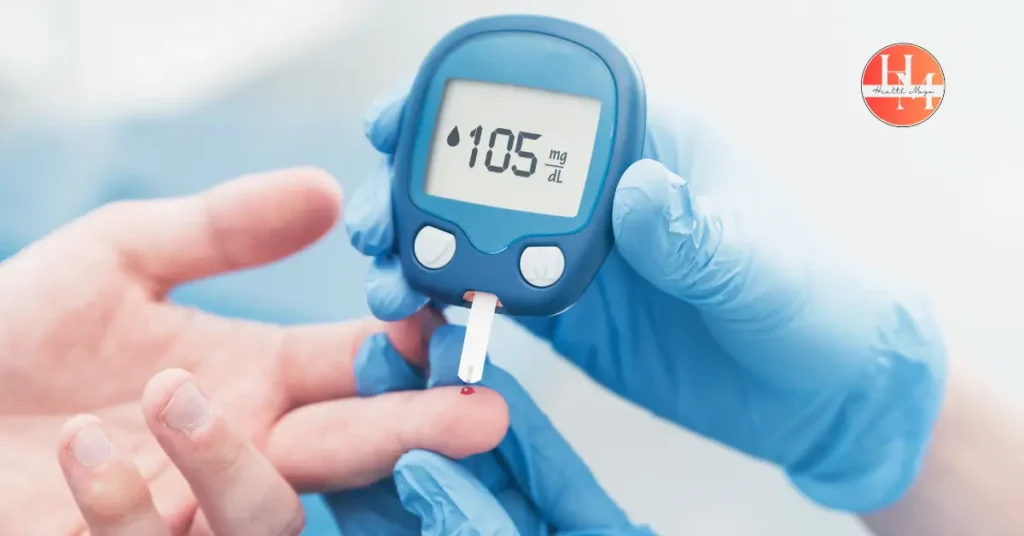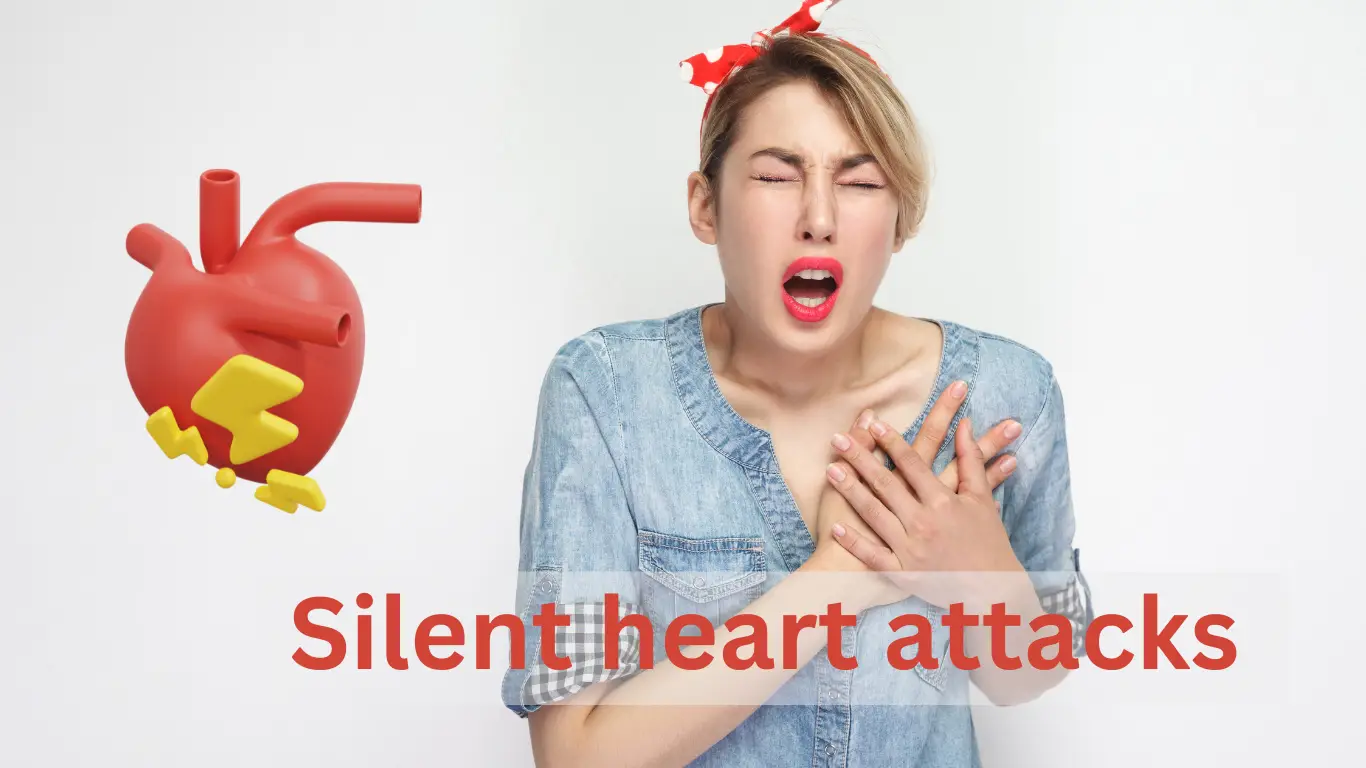In recent months, silent heart attacks have increasingly claimed lives without warning. Despite no previous heart condition or visible symptoms, individuals—including students and working professionals—have succumbed to sudden cardiac arrest. This alarming trend, seen even in younger populations, highlights the need for greater awareness and preventive measures. Doctors emphasize that these events demand further research to understand the underlying causes.
Contents
What Is a Silent Heart Attack?
A silent heart attack, as the name suggests, occurs without the typical symptoms of chest pain or discomfort. It can go unnoticed until it’s too late. Cardiologist Dr. Gaurav Chaudhary from the KGMU Cardiology Department explains that many heart conditions show no visible signs, much like a silent heart attack. These attacks are often missed, making them especially dangerous.
Sudden Cardiac Arrest in Young Adults and Children
Recent cases in Lucknow saw five deaths at schools and workplaces due to sudden cardiac arrests. What makes this trend even more concerning is that heart attacks are now occurring in children as young as 5 to 10 years old. This can often be traced back to congenital heart defects, where children born with these issues are sometimes referred to as ‘Blue Babies.’ Blue Baby Syndrome, caused by heart, lung, or blood abnormalities, can lead to severe heart complications if not diagnosed early.
Lifestyle Factors Contributing to Heart Disease
Several factors are contributing to the rise in heart-related deaths:
- Unhealthy lifestyle: Sedentary habits and lack of physical exercise.
- Consumption of adulterated food products: Processed and junk foods are increasingly prevalent, affecting overall heart health.
- Tobacco and smoking: Smoking is a significant contributor to heart disease.
- Increasing pollution: Urban environments are seeing a rise in air pollution, which exacerbates heart and respiratory conditions.
The Role of Excessive Excitement
According to Dr. Bhuvan Chandra Tiwari from the Lohia Institute’s Cardiology Department, sudden deaths due to excessive excitement or emotional outbursts are also a concern. Activities such as vigorous gym workouts, dancing, or overly enthusiastic celebrations at weddings can put people at risk of a heart attack, especially those with underlying heart conditions.
The Connection Between Diabetes and Heart Disease
Patients with diabetes are at a higher risk of suffering a silent heart attack due to a condition known as autonomic neuropathy, which can dull the sensation of pain. This condition affects the nerves responsible for controlling bodily functions like blood pressure and heart rate, making it difficult to detect a heart attack. Over time, these patients may develop high blood pressure, further increasing their risk.

Stress and Poor Diet Among the Youth
Stress, along with unhealthy eating habits, has emerged as a significant factor behind the increase in heart disease among younger populations. Many young adults, aged between 30 and 40, are being diagnosed with blocked arteries due to these factors. Experts from the PGI Cardiology Department note that nearly 70% of the youth visiting their OPD show signs of blockages in their heart arteries, with a significant portion of patients being under 45 years old.
The ABCDE Formula for Heart Disease Prevention
To prevent heart disease and reduce the risk of a silent heart attack, experts recommend adopting the ABCDE formula:
- A stands for Avoid Alcohol – Limit alcohol consumption, as it can damage the heart.
- A also refers to Aspirin (or anticoagulants in certain cases): Helps to prevent blood clots.
- B is for Blood Pressure Control – High blood pressure is a leading cause of heart disease, and managing it is crucial.
- C refers to Cholesterol Control – Keeping cholesterol levels in check reduces the risk of heart blockages.
- C also stands for Cigarette Avoidance – Avoid smoking and tobacco use, as they are major contributors to heart disease.
- D stands for Diabetes Management – Controlling blood sugar levels in diabetics is essential to prevent complications.
- E is for Exercise – Regular physical activity helps keep the heart healthy and reduces the risk of heart disease.
Importance of Timely Treatment
Dr. Rishi Sethi emphasizes the importance of timely treatment for heart attacks. Any delay in receiving medical care can significantly increase the risk of fatality. Symptoms such as shortness of breath, chest discomfort, or unusual fatigue should not be ignored. Immediate medical attention can save lives, particularly in cases of silent heart attacks where symptoms may be less obvious.
Conclusion
The rise in silent heart attacks, especially among younger populations and children, is a worrying trend that requires immediate attention. By adopting the ABCDE formula and maintaining a healthy lifestyle, individuals can significantly reduce their risk of heart disease. Additionally, recognizing the warning signs and seeking prompt medical care can be lifesaving. With increasing pollution, unhealthy eating habits, and sedentary lifestyles contributing to this growing problem, it’s time to take heart health seriously.
FAQ’s,
What are the ABCDE for heart failure medication?
The ABCDE approach for heart failure medication is a guideline to help manage and treat heart failure. It stands for:
A – ACE inhibitors or ARBs (Angiotensin II Receptor Blockers): These medications help relax blood vessels, lower blood pressure, and reduce the heart’s workload.
B – Beta-blockers: These reduce heart rate and improve heart function.
C – Cholesterol-lowering medications (statins): These are used to reduce bad cholesterol and protect against coronary artery disease.
D – Diuretics: Commonly known as water pills, they help reduce fluid buildup in the body.
E – Education and lifestyle changes: This includes patient education on diet, exercise, and monitoring symptoms.
What is the ABCDE approach for heart failure?
The ABCDE approach for heart failure is a structured method to manage the condition through a combination of medications and lifestyle changes:
A: ACE inhibitors/ARBs
B: Beta-blockers
C: Cholesterol management (Statins)
D: Diuretics
E: Education, including lifestyle modifications and self-care management (e.g., weight control, smoking cessation, etc.).
What is the scientific name for a silent heart attack?
The scientific name for a silent heart attack is silent myocardial infarction (SMI). Unlike typical heart attacks, an SMI can occur without the noticeable symptoms, such as chest pain, making it harder to detect without medical tests.
How do you predict a silent heart attack?
Predicting a silent heart attack can be challenging since it often presents with few or no obvious symptoms. However, some indicators that might suggest an increased risk include:
Unexplained fatigue or weakness.
Shortness of breath.
Mild discomfort in the chest, arms, back, or jaw.
Nausea, sweating, or dizziness.
Abnormalities in routine health checkups (such as abnormal EKG readings or elevated heart enzyme levels).
People at higher risk, such as those with diabetes, hypertension, or a history of heart disease, should undergo regular heart monitoring to catch any silent signs.
What is the ABCDE method of medicine?
The ABCDE method of medicine is a systematic approach often used in clinical settings to assess and manage patients, particularly in emergency care:
A – Airway: Ensuring the patient’s airway is clear.
B – Breathing: Assessing and supporting breathing.
C – Circulation: Checking circulation, including heart rate and blood pressure.
D – Disability: Assessing the patient’s neurological status.
E – Exposure: Full exposure of the patient to check for any underlying injuries or conditions.
In heart failure management, this framework is adapted to cover the medication protocol and lifestyle strategies mentioned earlier.
What is the ABCDE model for preventing cardiac disease?
The ABCDE model for preventing cardiac disease is a comprehensive framework to reduce heart disease risk. It typically includes:
A stands for Avoid Alcohol – Limit alcohol consumption, as it can damage the heart.
A also refers to Aspirin (or anticoagulants in certain cases): Which helps prevent blood clots.
B – Blood pressure control: Managing high blood pressure through medication or lifestyle changes.
C – Cholesterol management: Lowering bad cholesterol to prevent plaque buildup in arteries.
D – Diet and Diabetes management: Healthy eating and managing diabetes if present.
E – Exercise and Education: Promoting physical activity and educating patients about cardiac risk factors and lifestyle modifications to prevent disease.
This model is aimed at preventing heart disease through a combination of medication and lifestyle changes.

